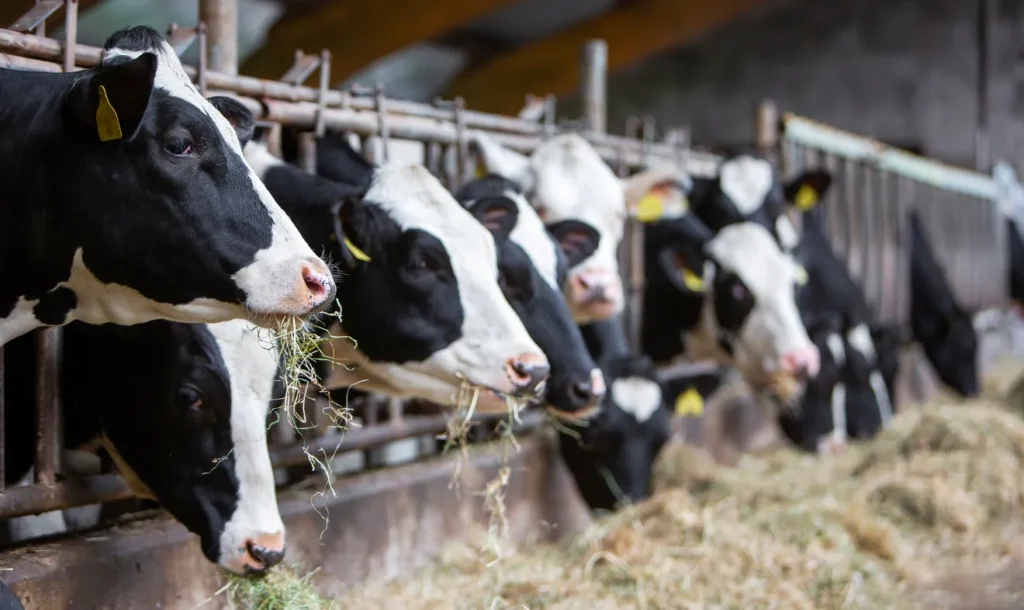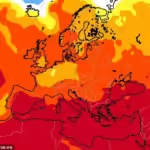Avian influenza, detected in several states this spring, remains a concern primarily for farm workers, according to recent reports. While the virus is currently not transmissible between humans, experts emphasize the importance of protecting agricultural workers to prevent potential future risks to the wider population.

Federal authorities stressed a balanced approach during a recent briefing, urging vigilance without undue alarm. Dr. Nirav Shah from the CDC underscored this, highlighting the need to interpret data in context and maintain awareness.
The outbreak, officially termed “highly pathogenic avian influenza,” has affected over 90 farms across 12 states since late last year, with a handful of cases among humans who contracted the virus from cattle. Despite the localized nature of the current risk, experts caution that continued exposure among farm workers could facilitate viral mutation, potentially leading to human-to-human transmission in the future.
Efforts to curb the spread are underway, including financial support to affected farms and enhanced biosecurity measures. Dr. Raj Panjabi, a former White House official, emphasized the importance of applying successful poultry containment strategies to dairy farms, advocating a proactive “defend the flock” approach.
The exact origins of the virus in U.S. cattle remain unclear, though potential transmission routes include farm worker clothing and vehicle tires. Identification of these pathways is crucial for containing further outbreaks, yet challenges persist in gathering comprehensive data, noted epidemiologist Jennifer Nuzzo.
Acknowledging gaps in current understanding, Nuzzo stressed the critical need for improved data collection and protective measures for farm workers. Lack of adequate protective gear and limited testing highlight vulnerabilities among this group, she added, calling for proactive measures such as vaccination.
As the situation evolves, federal agencies continue to monitor and respond to developments, emphasizing collaboration with agricultural stakeholders to safeguard public health.
Conclusion
While the immediate risk of bird flu remains localized to farm settings, ongoing vigilance and proactive measures are essential to mitigate potential future threats. By prioritizing the safety of farm workers and enhancing disease surveillance, authorities aim to prevent broader transmission and ensure public safety.








